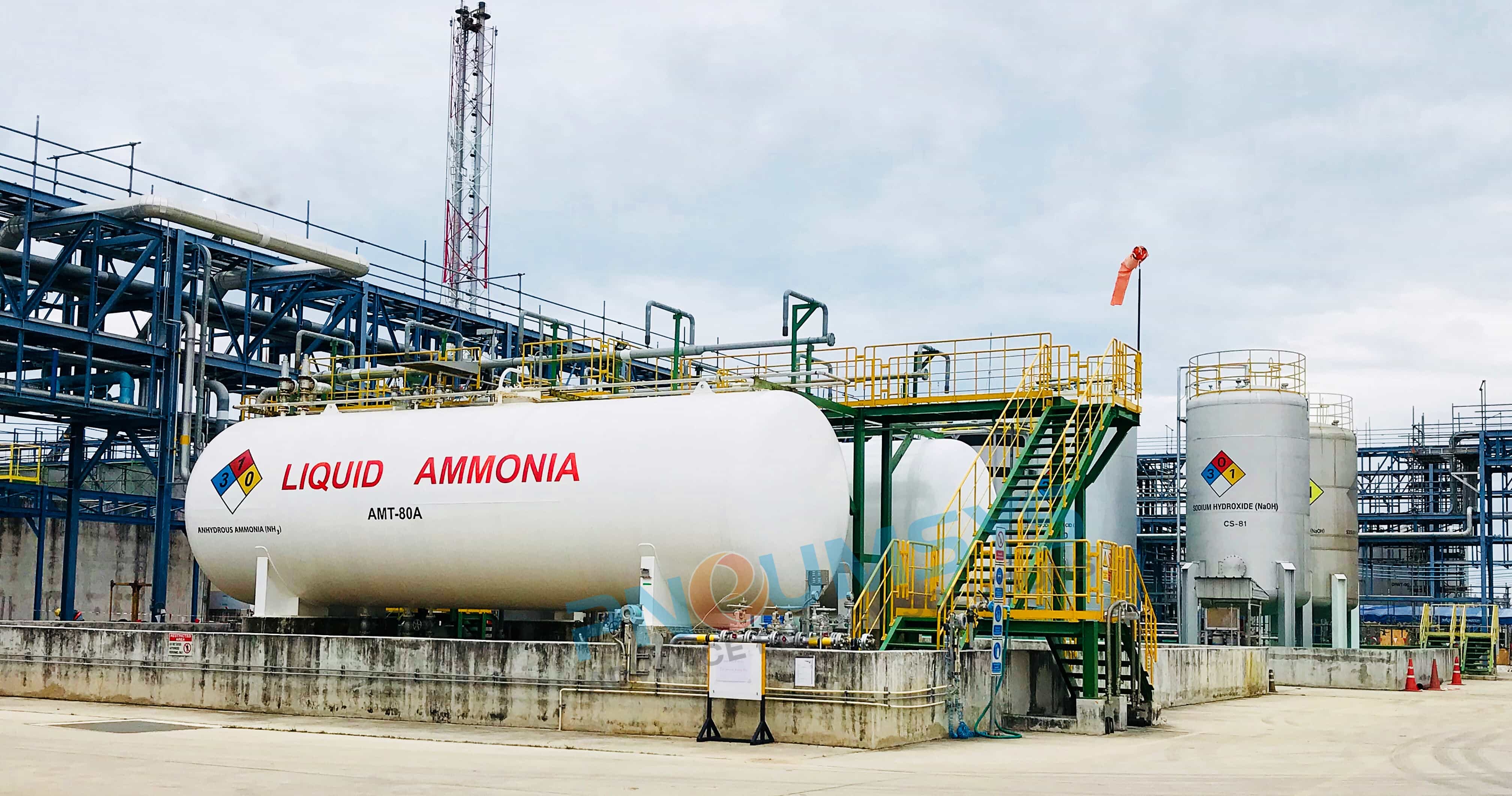
Ammonia Tank and System Installation
Anhydrous ammonia is mainly used in refrigeration systems in a number of industries.
for the installation procedure for the industrial applications, we would:
- We would start off installing self-closing valves or quick-turning ball valves on tanks. As such, these valves function as an emergency stop valve to prevent an ammonia release if the operator draining oil from the valve is overcome or must abandon the workstation.
- The next step is providing barriers or establish safety procedures to protect refrigeration equipment (e.g., pipes, valves, evaporator coils, tanks, vessels) likely to be damaged from forklifts, hand trucks, or other maintenance.
- Installing ammonia detectors to help monitor anhydrous ammonia systems for leaks
- We conduct the installation process with manually checking the valve in the ammonia charging line in a location close to the main control valve. In such a case, our prime focus is to isolate problems connected with the main control valve and prevent the release or removal of ammonia through the charging line.
- To improve the maintenance of relief valves, install dual pressure relief valves (PRVs) and we make sure each valve is the right size to protect the refrigeration equipment.
- We consider using PRVs, and installation of a ruptured disc upstream of each PRV with a gauge port or transducer in between the disc and the PRV and installation of an ammonia sensor in the PRV common manifold in case of larger systems, where various pressure relief valves are required.
- Install emergency ventilation switches. We use remote switches located near, yet at a safe distance from, the compressor room for a better experience.
- Use a color-coding and/or a labeling system to ensure your facility’s engineering drawings or piping and instrumentation diagrams are up to date. This reduces the chances of errors in operating procedures.
More Info
Download Catalogue